The ocean is often seen as a vast, mysterious expanse, teeming with life and awe-inspiring wonders. However, it’s not all sunken treasures and colorful coral reefs. Sometimes, the sea churns up items that are more sinister than serene. From bizarre creatures to man-made debris, these unexpected oceanic discoveries can be both fascinating and frightening. Let’s dive into the 13 most disturbing things ever to wash up from the ocean and explore the dangers they pose to our world.
1. Giant Eyeball, Oh My!

Picture a leisurely stroll along the beach when you stumble upon a massive, solitary eyeball staring back at you. That’s exactly what happened to a beachgoer in Florida in 2012. This tennis ball-sized eyeball was blue and eerily lifelike, sparking widespread curiosity and a flurry of media attention. According to National Geographic, the eyeball was later identified as belonging to a large swordfish. While this discovery was intriguing, it’s a stark reminder of the marine life that often falls victim to commercial fishing. The extraction of such creatures disrupts ocean ecosystems and can lead to unforeseen consequences.
The presence of such unusual finds also highlights the ongoing threats to marine biodiversity. Overfishing and habitat destruction place immense pressure on oceanic species, pushing some to the brink of extinction. The giant eyeball serves as a metaphorical eye-opener to the impacts of human activities on marine life. Protecting marine environments requires collective awareness and action. Efforts to implement sustainable fishing practices and marine conservation are critical in preserving the intricate balance of life beneath the waves.
2. A Grim Discovery: Severed Feet in Sneakers
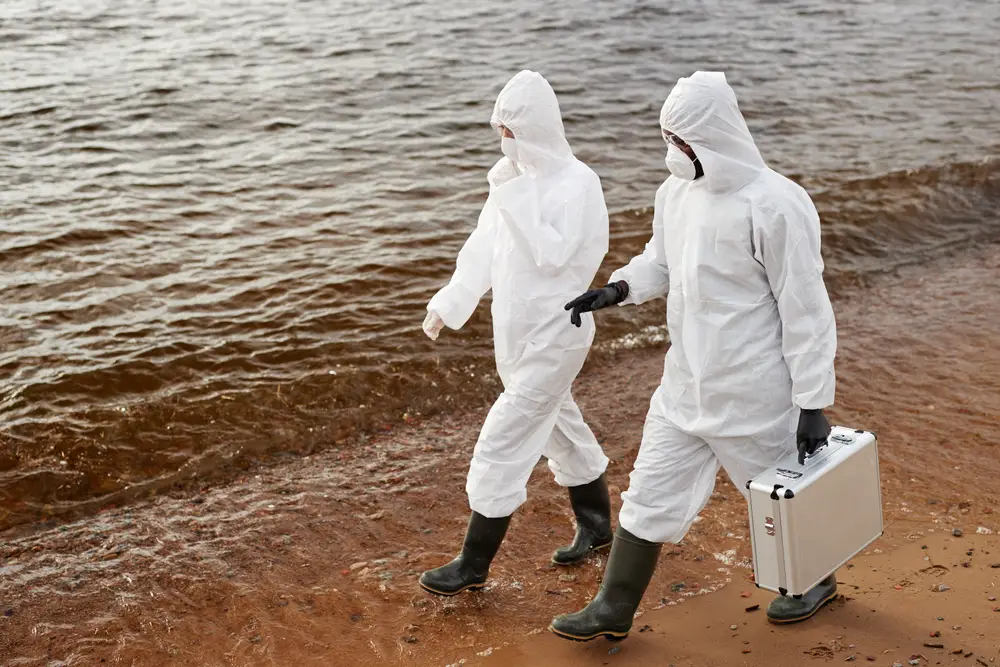
Imagine the shock of discovering a human foot encased in a sneaker while walking along a serene beach. A series of such discoveries began along the Salish Sea coasts of British Columbia and Washington State in 2007, leading to widespread speculation and concern. As of now, more than 20 feet have been found, each with its own unique and unsettling story. According to Smithsonian Magazine, these feet most likely belong to individuals who died accidentally or by suicide, and their bodies decomposed in the ocean. The shoes protected the feet, allowing them to float to the surface and eventually wash ashore.
While the mystery of the severed feet might not harbor any nefarious intent, it underscores the need for understanding ocean currents and decomposition processes. It’s a grim reminder of the ocean’s power to transform and transport. Additionally, these discoveries raise concerns about the state of mental health resources and support systems. Better access to mental health care could potentially reduce such tragic incidents, highlighting the human dimension intertwined with these macabre findings.
3. Toxic Trash: Medical Waste and Hazardous Debris

We’ve all heard of plastic pollution, but the ocean’s litter problem goes beyond that, sometimes involving highly dangerous waste. In the late 1980s, medical waste—such as syringes and blood vials—began washing up on the shores of New Jersey and New York. This alarming phenomenon, dubbed the “Syringe Tide,” led to beach closures and public health scares. According to the Environmental Protection Agency, illegal dumping of hospital waste at sea was to blame. This incident not only posed immediate health risks to beachgoers but also had long-term environmental impacts.
Such hazardous debris introduces toxic substances into marine ecosystems, threatening wildlife and contaminating water. Fish, birds, and other animals can ingest these materials, leading to injury, illness, or death. Additionally, these pollutants can enter the human food chain, presenting further health hazards. The “Syringe Tide” ultimately sparked stricter regulations on waste disposal practices, underscoring the importance of responsible waste management to protect both human and environmental health.
4. Mysterious Whale Fall
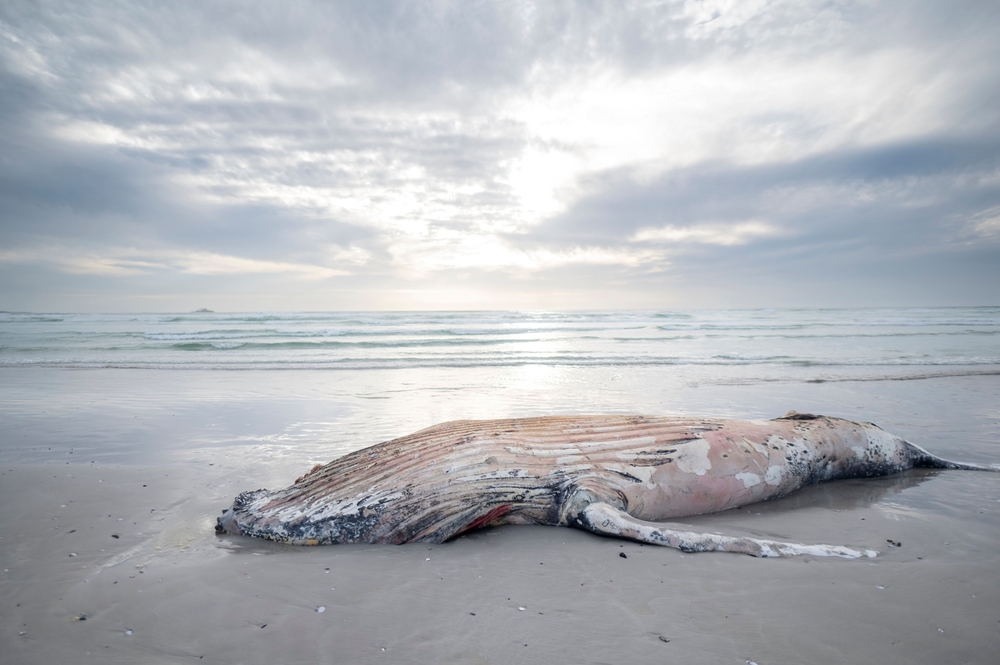
When a whale dies, its massive body eventually sinks to the ocean floor, creating what’s known as a “whale fall.” While this natural process is crucial for deep-sea ecosystems, sometimes these colossal carcasses wash ashore, leading to a smelly, logistical nightmare. These decomposing giants can weigh several tons and pose serious challenges for removal and disposal. In some cases, authorities have even resorted to using explosives to break apart the carcasses, a solution that often leads to unintended, messy consequences.
The presence of a whale fall on land also raises concerns about potential hazards to public health. Decomposing whale bodies can attract predators and scavengers, while also releasing noxious gases. However, these events also draw attention to the fragile balance of marine life. Whales play a vital role in nutrient cycling, supporting a diverse range of deep-sea organisms. The loss of these majestic creatures to threats like ship collisions and climate change highlights the urgency of marine conservation efforts.
5. Ghost Ships: Eerie Remnants of the Past

Ghost ships have long captured the imagination, and when one washes ashore, it stirs both fascination and fear. These abandoned vessels, sometimes centuries old, appear without crew or explanation, sparking tales of maritime mystery. In 2016, the MV Alta, a cargo ship with a ghostly past, washed up on the shores of Ireland after drifting for over a year. Such derelict ships can pose significant environmental hazards, leaking oil and other harmful substances into the ocean and coastal environments.
Moreover, ghost ships highlight the issue of maritime abandonment and the challenges of international salvage laws. Without clear ownership, these vessels can languish at sea, threatening navigation and marine ecosystems. While they are intriguing relics, their presence also underscores the need for updated maritime regulations and responsible ship disposal practices. The eerie allure of ghost ships serves as a reminder of the ocean’s vast, uncharted expanse and the human stories lost within it.
6. Bizarre Blob: The Globster Phenomenon

In 2003, a mysterious, gelatinous mass washed up on a Chilean beach, baffling scientists and beachgoers alike. These amorphous blobs, known as “globsters,” defy easy identification, often resembling amorphous monsters from the deep. While they can be unsettling, globsters are usually the decomposed remains of large marine animals, such as whales or sharks. However, their unrecognizable state fuels speculation and urban legends about sea monsters lurking beneath the waves.
The phenomenon of globsters highlights the complexities of marine decomposition and the role of ocean currents in distributing remains. These blobs also emphasize the importance of marine research and technology in unraveling the mysteries of the ocean. While they might seem like something out of a horror movie, globsters are part of the natural cycle of marine ecosystems. They remind us of the ocean’s vast, unexplored territories and the secrets it holds.
7. Toxic Algal Blooms: A Red Tide Warning

While not an object, toxic algal blooms have a profound impact when they reach shorelines. These “red tides” occur when algae grow uncontrollably, producing toxins that can harm marine life, humans, and the environment. The vibrant hues might be visually striking, but the consequences are dire. Aquatic animals can suffer from poisoning, leading to mass die-offs and disrupting local ecosystems. Additionally, these toxins can contaminate shellfish, posing serious health risks to humans who consume them.
The rise of toxic algal blooms is often linked to human activities, such as agricultural runoff and climate change. As nutrient levels in water bodies increase, so does the likelihood of algal outbreaks. These events serve as a stark reminder of the interconnectedness of human and environmental health. Addressing the root causes of algal blooms requires concerted efforts to reduce pollution and mitigate climate change impacts. In doing so, we can protect ocean health and ensure the safety of coastal communities.
8. Radioactive Debris from Fukushima
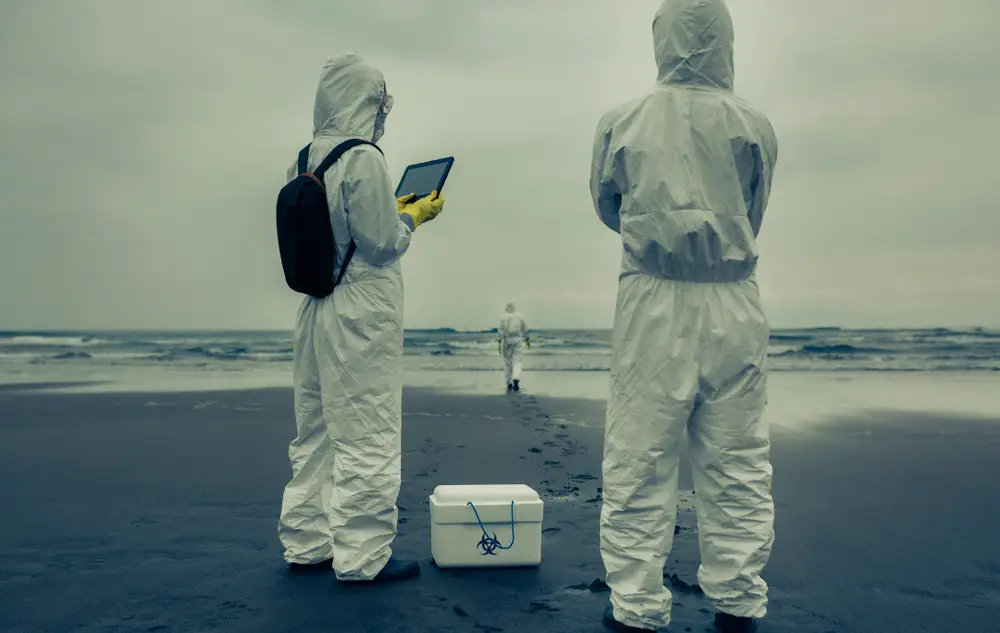
The devastating earthquake and tsunami that struck Japan in 2011 led to the Fukushima Daiichi nuclear disaster, releasing radioactive materials into the ocean. In the years following the event, debris from Fukushima, including boats, plastic items, and building materials, began washing up on Pacific coastlines. While not immediately dangerous, these items raised concerns about the long-term implications of radioactive contamination. The presence of such debris underscores the global reach of nuclear incidents and their environmental impacts.
The Fukushima disaster highlighted vulnerabilities in nuclear safety and the potential for widespread environmental harm. While cleanup efforts have been underway, the lingering effects of radiation remain a concern for marine life and human communities. The incident serves as a cautionary tale about the need for robust safety measures and preparedness for natural disasters. It also underscores the importance of international cooperation in addressing environmental crises and protecting shared marine resources.
9. The Menace of Microplastics
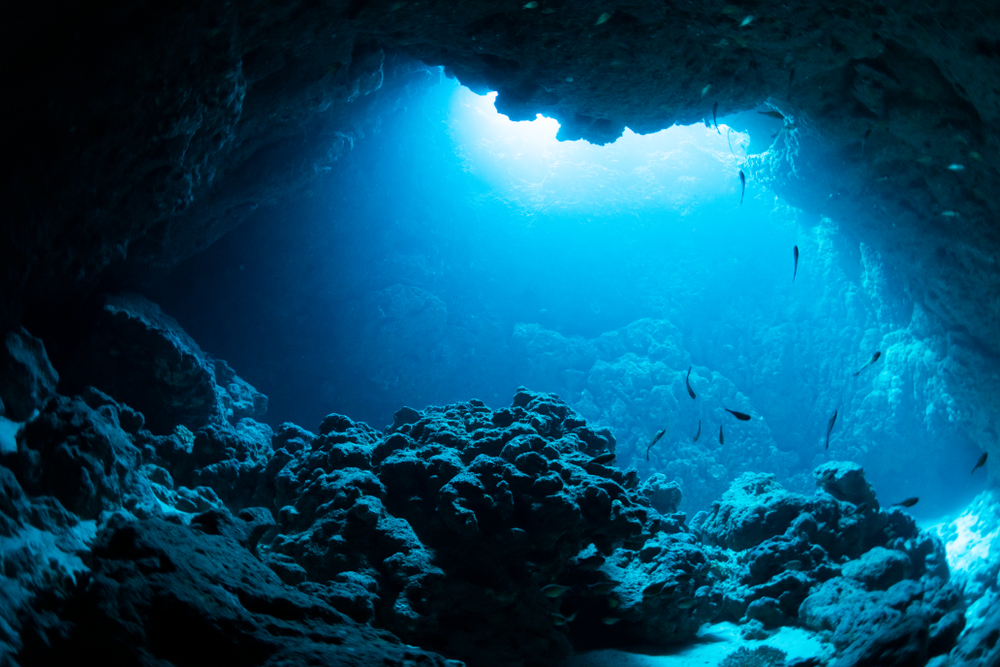
Microplastics, tiny plastic particles less than five millimeters in size, have become a pervasive presence in the world’s oceans. These minuscule pollutants originate from larger plastic debris breaking down or from products like cosmetics and synthetic clothing. When microplastics wash up on shorelines, they pose significant environmental and health challenges. Marine animals can mistake these particles for food, leading to ingestion and accumulation of toxic substances in their bodies. This, in turn, affects the entire food chain, including humans who consume seafood.
The prevalence of microplastics in the ocean is a stark reminder of the persistence of plastic pollution. Unlike larger debris, microplastics are nearly impossible to clean up, making prevention crucial. Reducing plastic production and improving waste management are vital steps in addressing this issue. Public awareness and policy changes can drive efforts to reduce microplastic pollution and safeguard ocean health. The presence of microplastics challenges us to rethink our relationship with single-use plastics and strive for more sustainable alternatives.
10. Unwanted Guests: Invasive Species Arrival
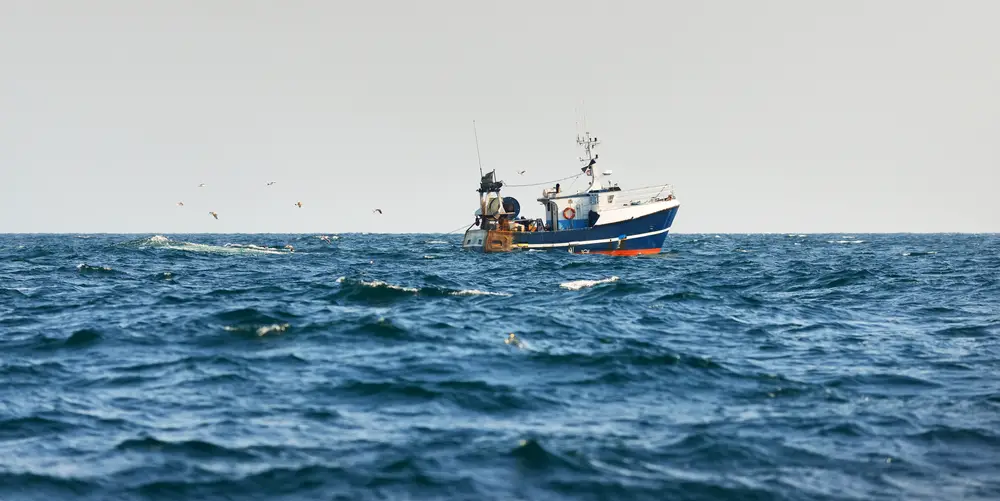
When ships travel the globe, they can unintentionally transport marine organisms from one region to another. These hitchhikers, often found in ballast water or attached to hulls, can become invasive species when they wash up in new environments. Once introduced, invasive species can outcompete native flora and fauna, leading to significant ecological disruption. For example, the introduction of the zebra mussel in North America has caused extensive damage to local ecosystems and infrastructure.
Invasive species pose a significant threat to biodiversity and the functioning of marine ecosystems. Their presence often results in costly management efforts and long-term environmental impacts. Addressing this issue requires international cooperation and improved shipping practices to prevent the spread of invasive organisms. By enhancing biosecurity measures, we can protect native species and preserve the delicate balance of oceanic ecosystems. The spread of invasive species is a reminder of the interconnectedness of global ecosystems and the importance of proactive measures.
11. The Mystery of the Montauk Monster

In 2008, a strange, hairless creature washed up on a New York beach, capturing the public’s imagination and sparking a media frenzy. Dubbed the “Montauk Monster,” this unidentified carcass led to wild speculation about its origins. Initially thought to be a previously unknown creature or even a genetic experiment gone wrong, the Montauk Monster was later identified as a decomposed raccoon. However, the initial mystery served as a viral phenomenon, fueling discussions about cryptids and oceanic enigmas.
The Montauk Monster highlights the power of social media and public fascination with the unknown. While the creature’s true identity was mundane, the incident underscores the allure of ocean mysteries. Such events capture the public’s imagination and spark curiosity about the natural world. They also emphasize the need for scientific literacy and critical thinking in interpreting unusual discoveries. The Montauk Monster remains a cultural touchstone, reminding us of the ocean’s capacity for surprise and intrigue.
12. The Haunting of Bottled Messages

Messages in bottles have long been a romanticized symbol of communication and adventure. When these missives wash ashore, they can reveal poignant stories of love, hope, or desperation. However, not all bottled messages carry heartwarming tales. Some contain distress calls, cryptic warnings, or even confessions. These haunting messages invite us to ponder the lives of their senders and the circumstances that led to their creation.
The discovery of a bottled message can be a deeply personal and emotionally charged experience. It connects us to strangers across time and space, offering a glimpse into their thoughts and emotions. Yet, these messages also raise questions about the nature of communication and the unpredictable journey of ocean currents. While they may be relics of the past, they remind us of the enduring human desire to reach out and connect with the world. Bottled messages encapsulate the mystery and wonder of the ocean, serving as a poignant testament to our shared humanity.
13. Explosive Finds: Unexploded Ordnance

War remnants, such as unexploded bombs or mines, occasionally wash up on shorelines, posing a serious threat to public safety. These dangerous artifacts can remain hidden beneath the sand for decades before resurfacing. Their presence often leads to beach closures and requires specialized teams for safe removal and disposal. The discovery of unexploded ordnance highlights the lingering impacts of past conflicts and the ongoing risks they pose to coastal communities.
The presence of wartime relics in the ocean underscores the need for continuous efforts to address the aftermath of military activities. It also raises questions about the long-term environmental impacts of warfare and the legacy left behind. While these finds can be history lessons, they also serve as reminders of the potential dangers lurking beneath the waves. Efforts to locate and neutralize unexploded ordnance are crucial in ensuring the safety of beachgoers and preserving marine environments. These explosive discoveries prompt reflection on the ocean’s role as a repository of history and its capacity to reveal forgotten chapters of human conflict.
